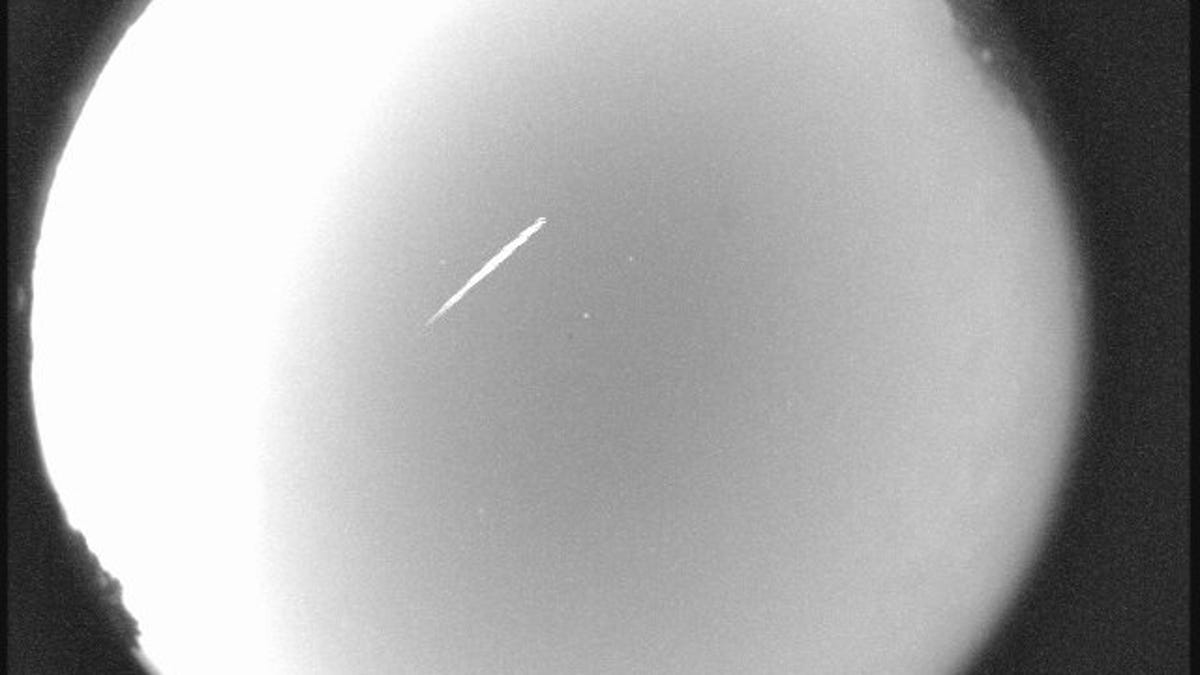Meteor shower created by Halley's Comet to peak Sunday
NASA will provide live video of the event, as well as a live chat with Bill Cooke, head of NASA's Meteoroid Environment Office.

The meteor shower created by the debris trail of Halley's Comet will peak Sunday evening, and NASA is providing a live view of the celestial fireworks show.
Prime viewing of the annual Eta Aquarid meteor shower should be around 9 p.m. ET, providing stargazers with 30 to 40 meteors an hour, according to NASA. A camera at NASA's Marshall Space Flight Center in Hunstsville, Ala., will provide live video of the event from 8 p.m. ET to 3 a.m. ET Monday (see below).
The space agency will also host a live chat with Bill Cooke, head of NASA's Meteoroid Environment Office at the center, who specializes in the meteoroid environment and its effects on space vehicles.
For those astronomy fans wishing to watch the show in person, NASA suggests finding a spot away from bright city or street lights.
"Lie flat on your back on a blanket, lawn chair or sleeping bag and look up, taking in as much of the sky as possible," NASA said in a statement. "After about 30 minutes in the dark, your eyes will adapt and you will begin to see meteors. Be patient -- the show will last until dawn, so you have plenty of time to catch a glimpse."
The meteor shower, which is created when the Earth passes through a trail of space debris left over from Halley's Comet's 76-year orbit around the sun, gets its name from the constellation Aquarius, where the meteors appear to originate.

